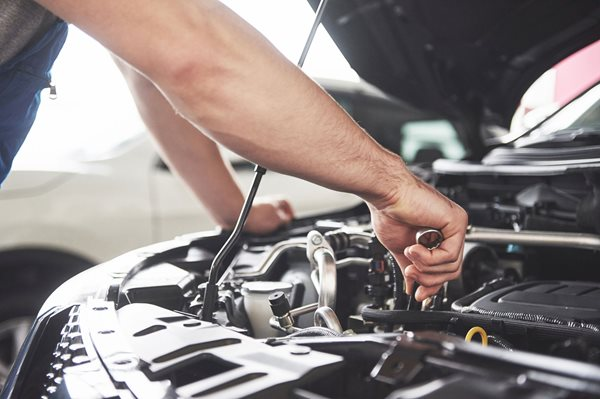The unfortunate reality of owning an internal combustion engine will be the inevitable burden of dealing with “blow by”. During the combustion process extreme pressure forces gases past the piston rings and into the crankcase and with this, oil and fuel vapors. This is what we call “blow by”.
Vehicles are fitted with a system to offset the pressure created from blow by called the PCV (Positive Crankcase Ventilation) system. The blow by is expelled through the PCV system and into the intake to then travel back through the engine.
As the vehicle ages and components like piston rings wear down along with cylinder walls, the amount of blow-by will significantly increase, and so will its adverse effects and to name but a few:
- Coating the intake system and intercooler with oil and fuel which can significantly effect performance and function of certain components.
- Spark plugs being coated causing misfires.
- Valves becoming coated with sludge and carbon inhibiting air flow and causing drivability issues.
- The efficiency of the fuel-air mixture is being compromised. This causes pre-ignition during combustion and high cylinder pressure. Ultimately this can kill an engine.
An innovative filter system was created to combat blow-by and its associated adverse effects. A catch can is installed to filter the harmful oil and fuel vapours while offsetting the crankcase pressure. MANN & HUMMEL, a world leader in filtration solutions, can manufacture the Provent catch. It’s highly efficient and easy to maintain, removing up to 90% of oil and fuel vapours that would otherwise usually travel back through the engine.

